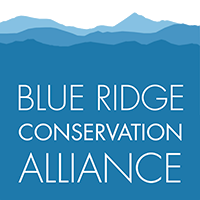Appalachian Trail Conservancy Launches Wild East

Hoarfrost and sunstar on Round Bald, J Greer
Even if you’ve never walked through the shade of the Appalachian Trail as it wends from Front Rural to Harpers Ferry, you’ve enjoyed the fruits of the labor of countless volunteers and advocates. The A.T. is more than a “footpath through wilderness.” It’s the main artery the entire landscape.
The wooded ridges and mountain character of the surrounding landscape has been retained in part because people care so much for the A.T. They’ve saved land through easements, helped create new parks for the Trail’s passage, influenced planning and zoning, and helped find land buyers who want to keep their A.T. lands undeveloped. All this has helped protect the rural character outside A.T. lands.
The Appalachian Trail community has done a lot for our landscape. Unfortunately, many people outside its network of volunteers don’t know how important A.T. has been in giving the Eastern U.S. a long, wild corridor. A new initiative called Wild East can change that. Through stories, amazing photography, and information, Wild East illustrates the how the A.T. is critical to sustaining ecosystems and a sense of hope that our countryside won’t be swallowed by massive development.
The Blue Ridge Conservation Alliance supports the Wild East vision. As a regional conservation network, our partner groups collaborate to protect the natural, scenic, and historic values of the Blue Ridge from Front Royal, Va., to the Potomac River at Harpers Ferry, W.Va.
The Appalachian Trail corridor, the Potomac and Shenandoah River, and the surrounding lands weave together a quilt of forests, parks, farmland, and towns. The integrity of the region’s landscape depends on that main artery, the A.T. Let’s help keep it wild.
Learn more at Wild East.



